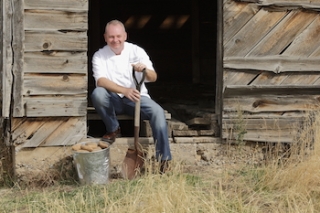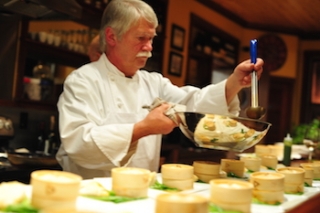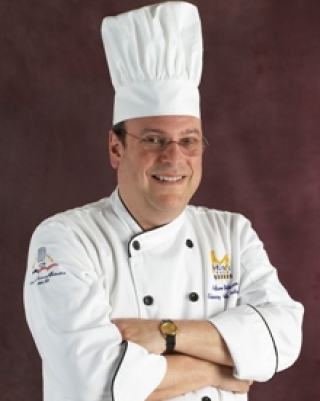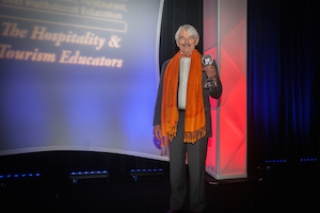
Two-part Series: Networking at its Best – by the Best in the Foodservice Industry
Monday, 02 November 2015 13:30What’s the best way to land a job in today’s competitive job market? You might be surprised to find it’s not cruising the classifieds or searching Monster.com for hours. Networking, or creating and maintaining new business relationships, is still one of the best ways to land a job.




